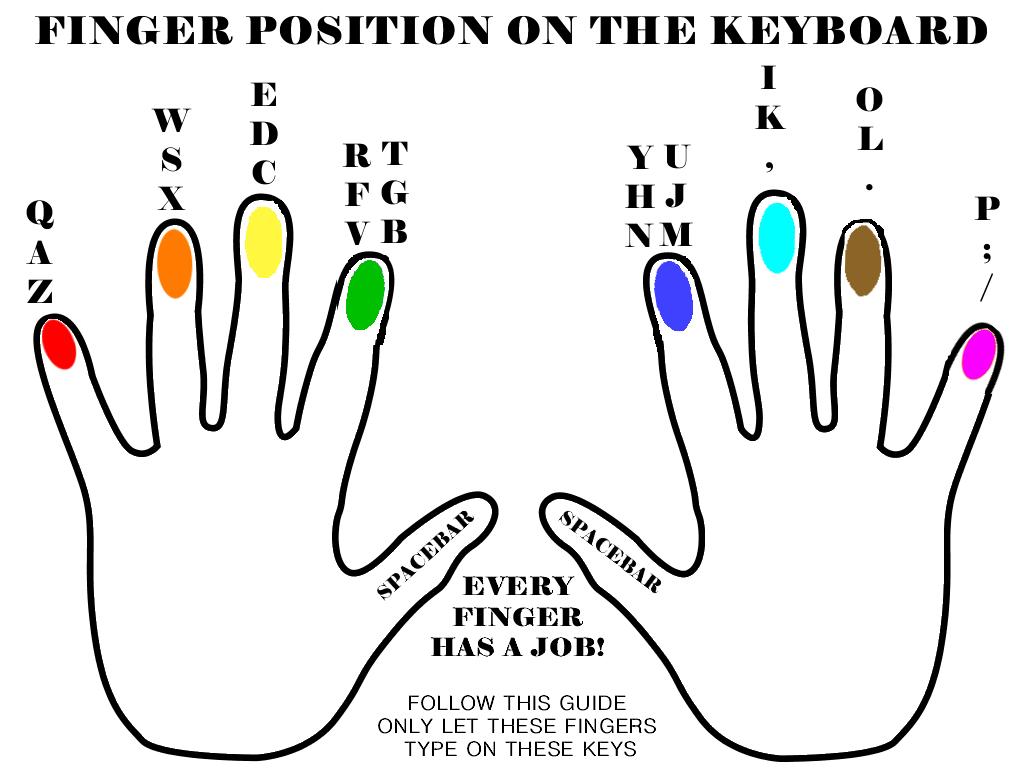
The Plover key labeled with that letter is always used to stroke the word. Rule 1: If the vowel letter in the written word appears without another vowel letter next to it, then it doesn't matter which short vowel sound it makes. The rest of this lesson, and future lessons, all assume you have a clear understanding of those things. If you're not sure about the difference between long and short vowels, or what diphthongs are, here's a useful article on long and short vowels and an article on diphthongs. G: In addition to the hard ' g' sound used in words like ' hug' and ' rag', this key may also be used to indicate the ' ing' sound, in words like ' using' and ' holding'.F: In addition to the ' f' sound, this key is also used to indicate the ' v' sound (and sometimes ' s', as you'll see in Lesson 2: Steno Order).You're almost ready to start typing words, but there's a detail or two regarding the F and G keys, and we need to go over the vowel keys as well. This helps with the blazingly fast typing speeds. But you can easily see that unlike QWERTY keyboards, none of your fingers will ever move very far from their home positions. The thumbs rest on their sides, rather than on their pads. The right little finger has the additional responsibility of the D and Z keys, and the right forefinger is responsible for the asterisk. In the following diagram, the blue boxes contain the keys associated with each finger, and the tan circles represent the home position for the finger responsible for the keys in that blue box.Īs you can see, with the exception of the left little finger, each finger rests at the border between two keys and that finger is used to press either (or both) of those keys. On a steno keyboard, none of that complexity exists, and you can learn proper fingering in about one minute. If you've ever studied touch-typing on the QWERTY keyboard, you probably spent quite a bit of time getting comfortable with the home position and with the proper ways to stretch your fingers to reach all the keys.

The current lesson will focus on these consonants and the four somewhat more complicated vowel keys the rest will be covered in later lessons.īefore anything else, you should learn the proper keyboard fingering.

That's already a lot of consonant sounds available for typing, without having to memorize anything. So right away you now know that either of the two P keys would be used to type the ' p' sound, either of the two R keys would be used to type the ' r' sound, and so on. Plover - and all steno systems - express words primarily as groups of sounds rather than groups of letters of the alphabet. The most immediately useful thing to know is that all the consonant keys map to their corresponding consonant sounds.


 0 kommentar(er)
0 kommentar(er)
